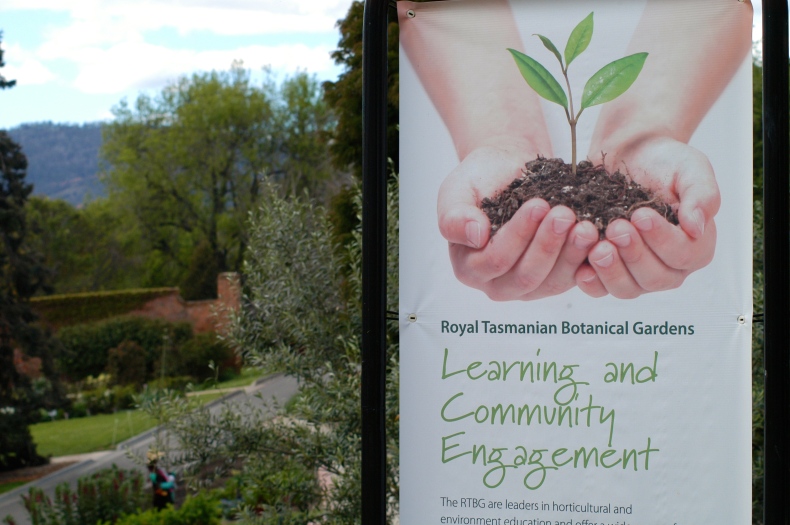
One of my favourite botanical gardens in Australia is also one of the oldest. The Royal Tasmanian Botanical Gardens has a history stretching back almost 200 years, and a long association, not just with horticultural display gardens but also, with the growing of food. From its transformation from farmland in the early 1800s, to its establishment of heated walls to grow food plants in cold weather, through to the creation of the much-loved ‘Pete’s Patch’ for ABC TV’s ‘Gardening Australia’ programme, with the inimitable Peter Cundall and more recently, Tino Carnevale, through to the hosting of the Tasmanian Community Food Garden.
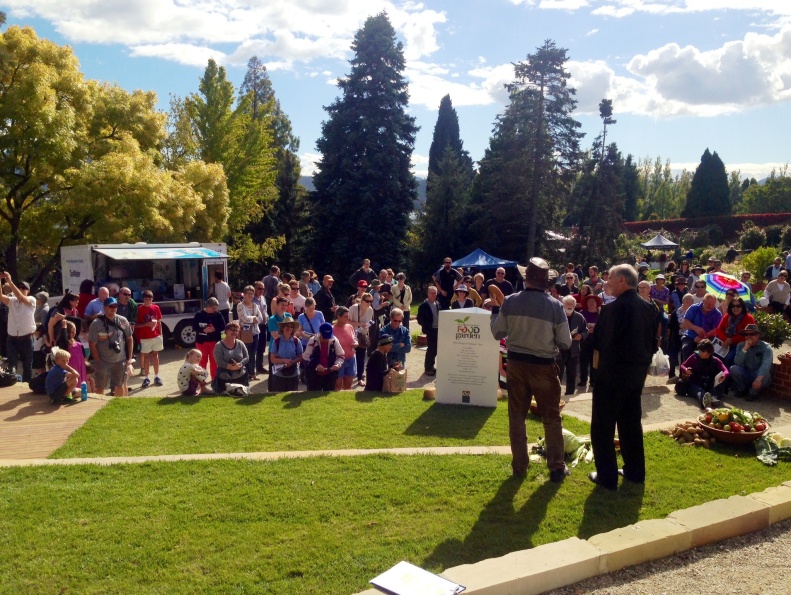
Today, the RTBG has become one of the most progressive botanical gardens around, with its ground-breaking development of a ‘community garden’ onsite, providing plots for a diverse array of community and school groups, and training and workshops in all aspects of growing food, for members of the public. It is all about ‘Feeding the Future’ – an initiative to ensure food security and food production skills for all members of the Tasmanian community, including those most at risk of not having enough fresh, healthy food to eat.
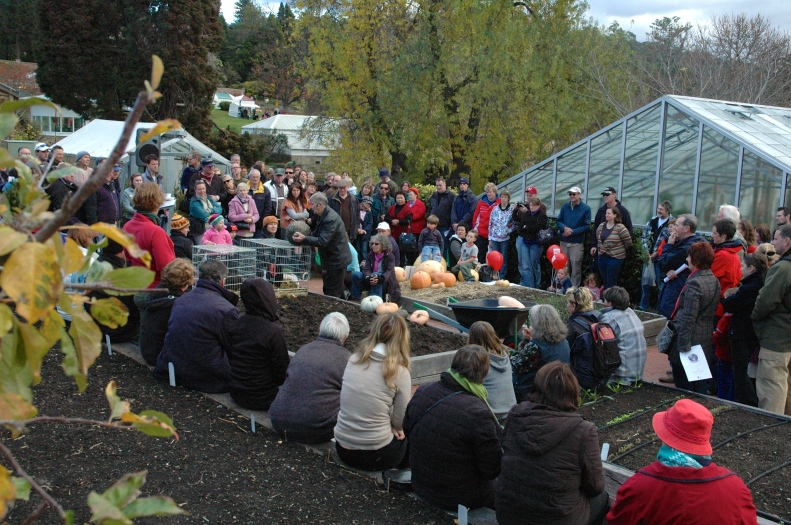
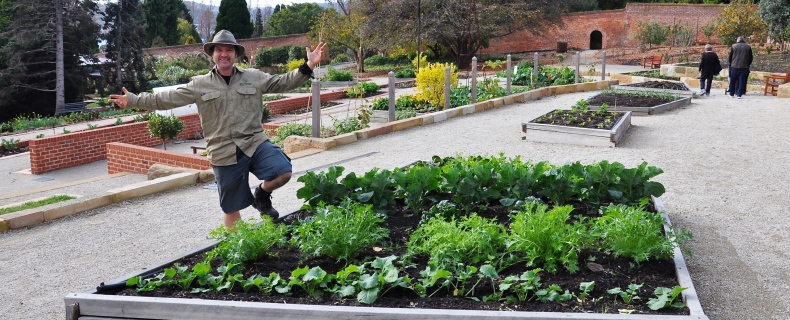
The Tasmanian Community Food Garden has become a real hub of activity, for gardening and gardeners, and a special place of learning in one of the most beautiful ‘classrooms’ imaginable. With its picturesque riverside setting in Hobart, it is a tranquil and welcoming site for visitors and volunteers alike.
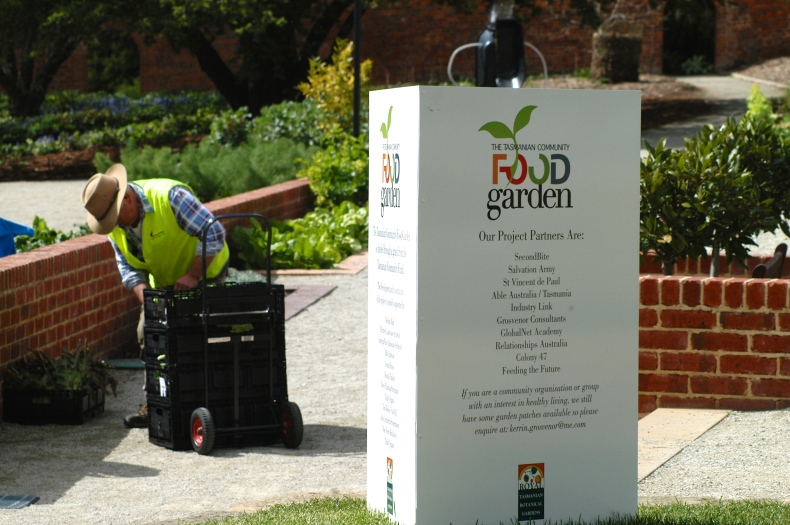
In addition to maintaining the community food hub, the RTBG retains its focus on horticultural display gardens more broadly, as well as seed preservation and conservation. These latter measures serve as a bit of an insurance policy for the future, as the world faces issues such as the significant loss of natural habitat, and the impact of changing climatic conditions.
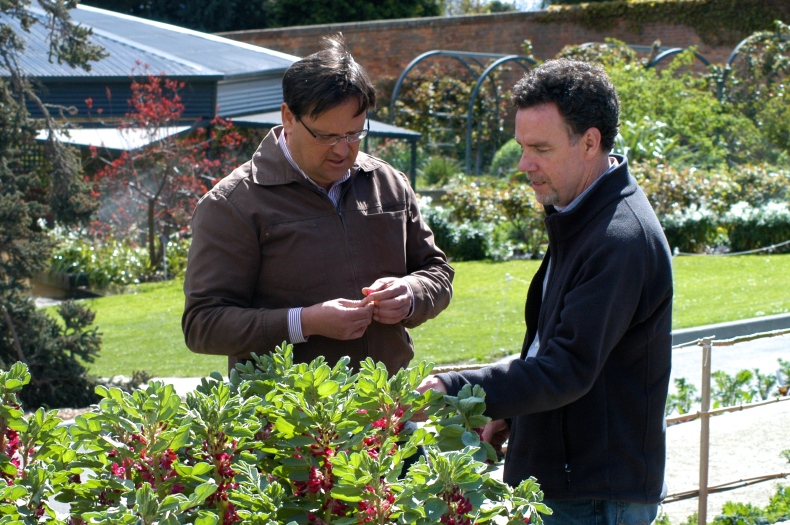
Community education and engagement have become an important new focus for the botanical gardens. In the community food garden, staff enjoy helping to empower people and communities with the skills and confidence to grow their own food. A noticeable outcome of this shared experience has been the building of a strong sense of ‘community’ in and around the gardens, providing social connections for people who come together from all walks of life, to enjoy the productive garden space and the company of others, and the opportunity to develop new skills.
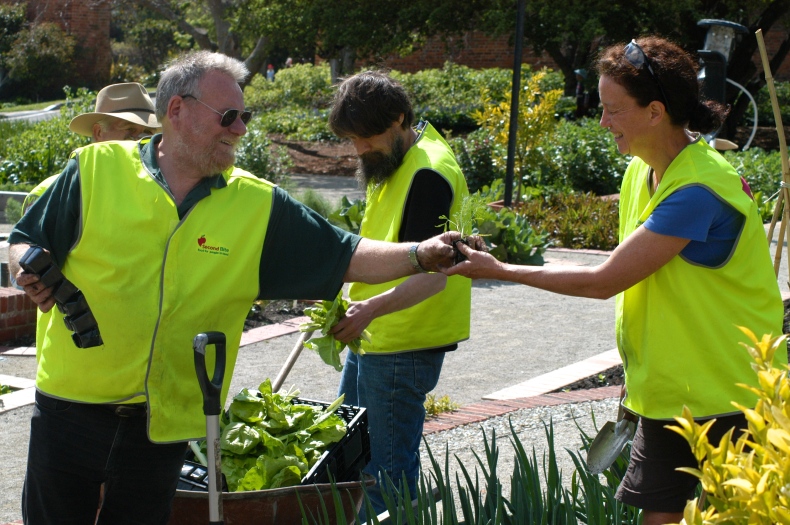
The various community groups enjoy cultivating and harvesting fresh, healthy food to take back to their respective groups. Any excess is donated to a not-for-profit organisation called ‘SecondBite’, for distribution to emergency food relief programmes, welfare groups and people in need. So nothing goes to waste!
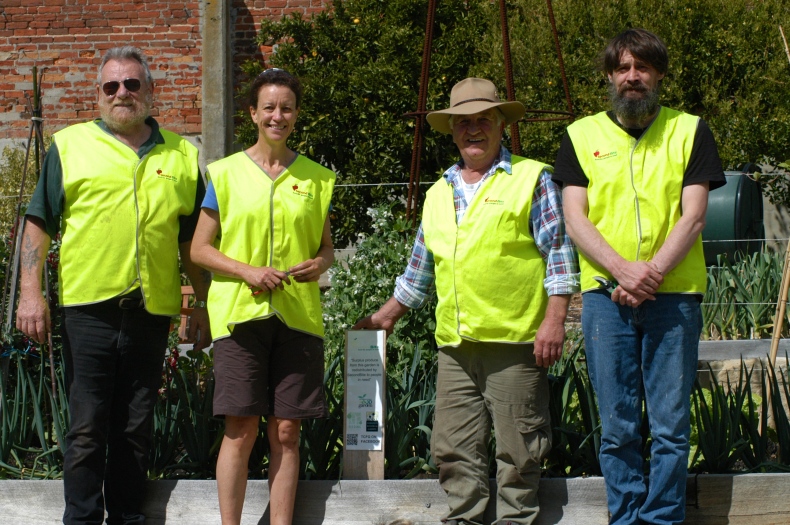
Tasmanian Community Food Garden curator, Adam Lancaster, loves his outdoor ‘office’ and working with the garden volunteers. He enjoys watching them grow in skills and confidence as they take part in the workshops and start to spend more time in the gardens.
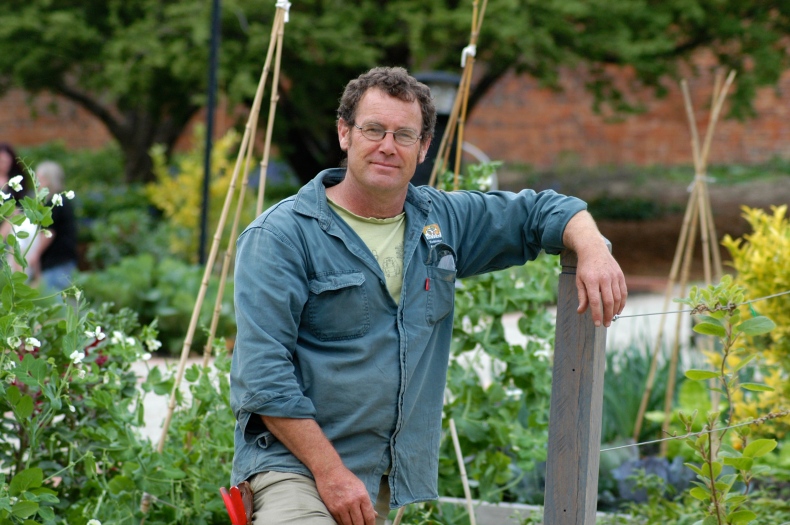
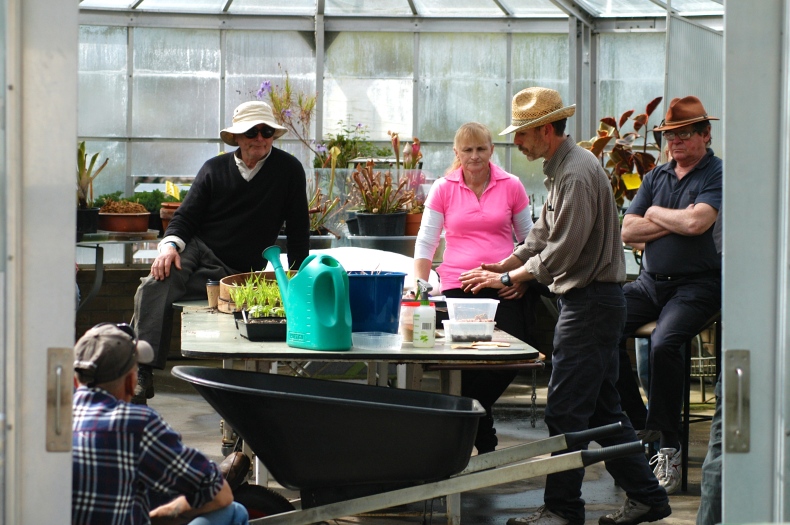
Through its food gardening programmes and classes, the Royal Tasmanian Botanical Gardens is reflecting a broader community interest in edible and not just ornamental plants, and in the skills relating to their cultivation. Botanical gardens were originally established, in medieval times, in association with the early universities, largely as centres for research into medicinal herbs – the medicines of the day. Botanical gardens have continued their fundamental research, seed repository and horticultural display roles over the intervening centuries but they have also continued to evolve over time. In more recent years, edible, useful and productive plants have once again started to come more clearly into focus.
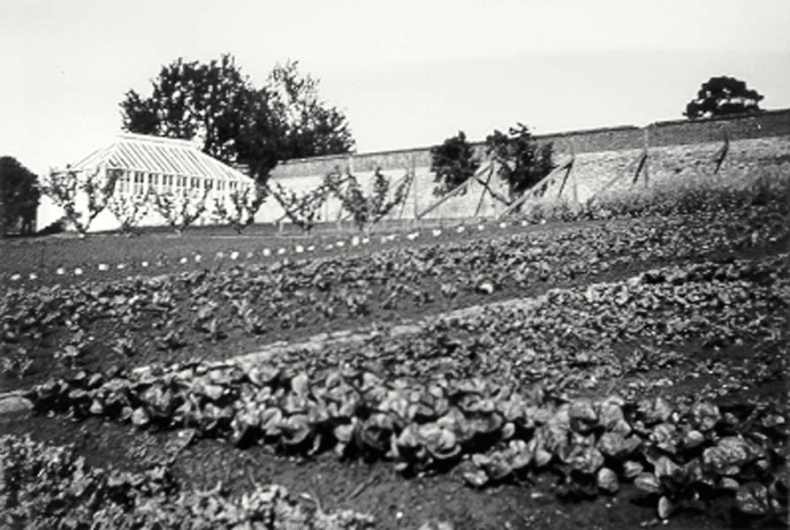
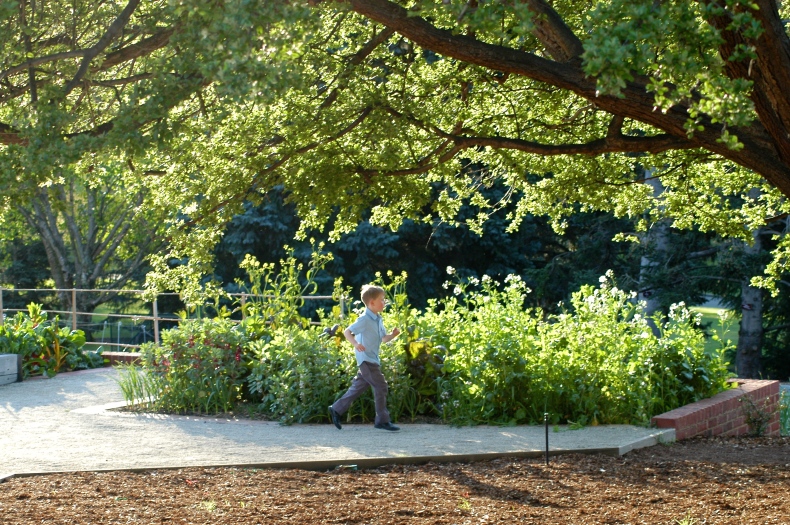
* To view the double feature on the Royal Tasmanian Botanical Gardens, which appeared in ‘Your Vegie Patch’ magazine, click on the links below.
RTBG_The Tasmanian Community Food Garden (YVP Issue 5/Vol 5)
RTBG_Botanical Gardens – Living Learning Centres (YVP Issue 5/Vol 5)
